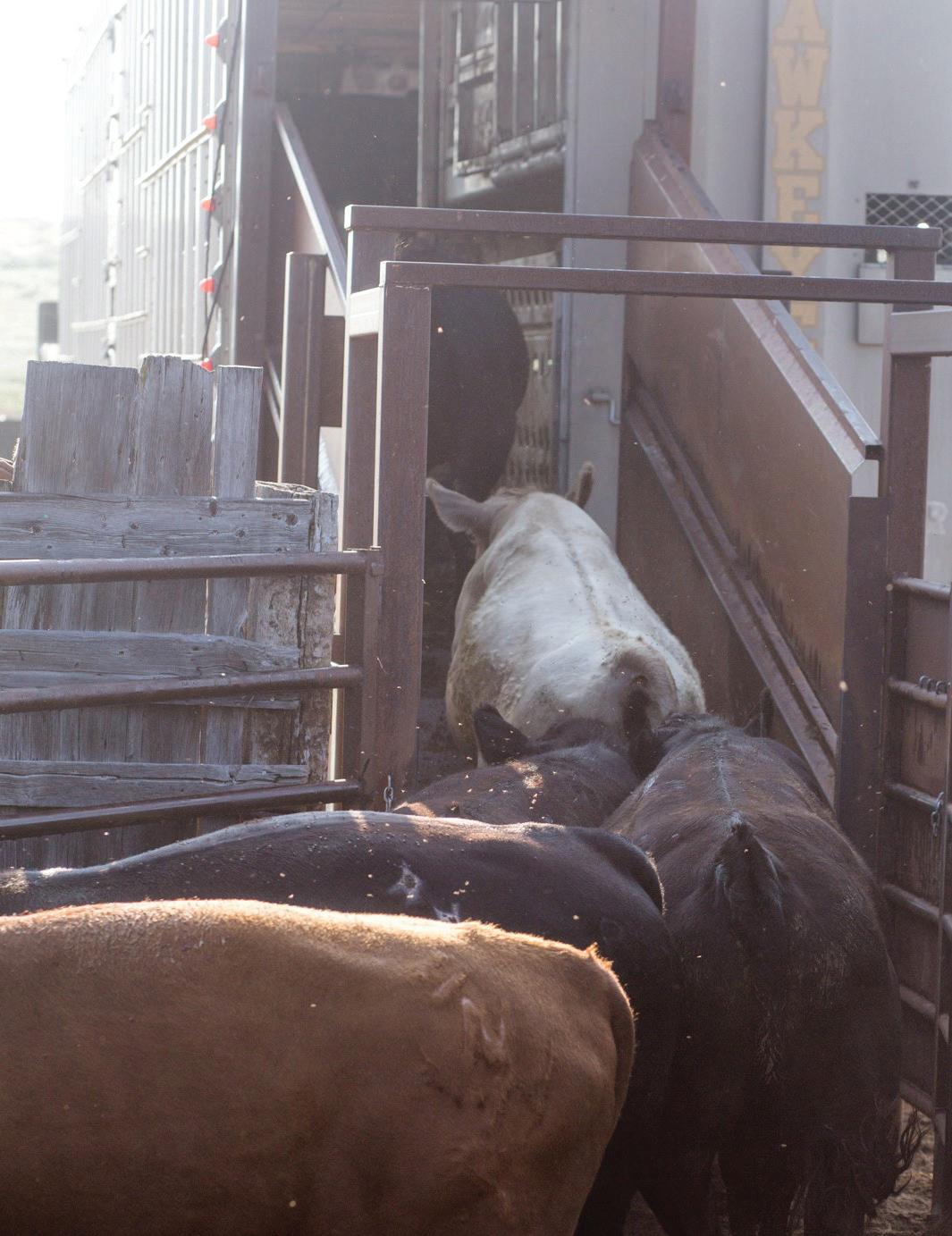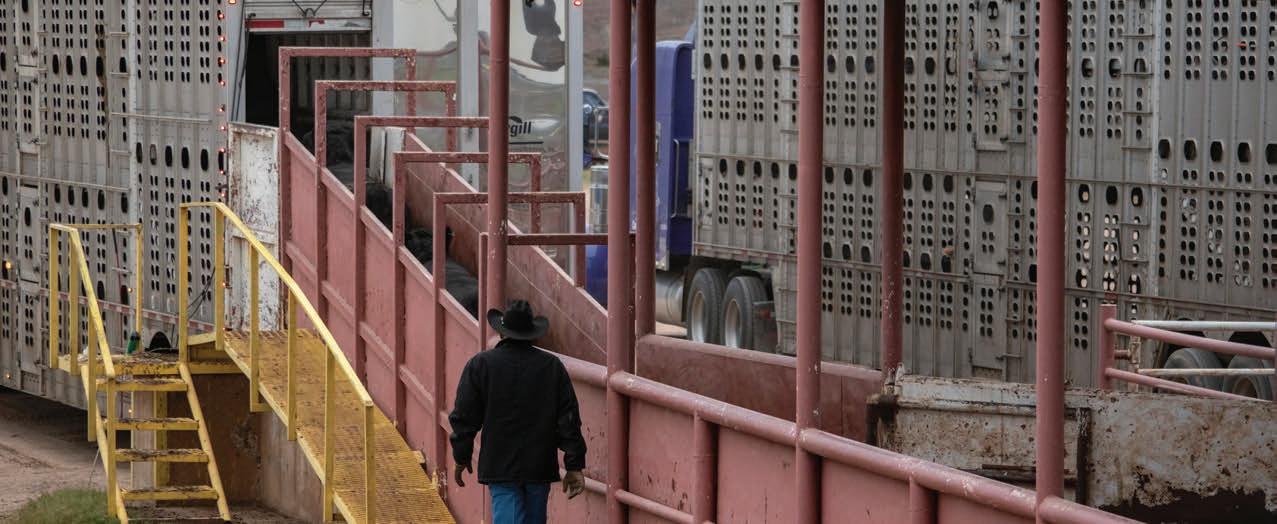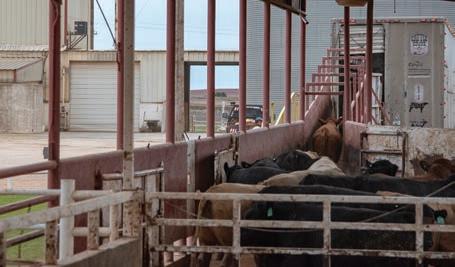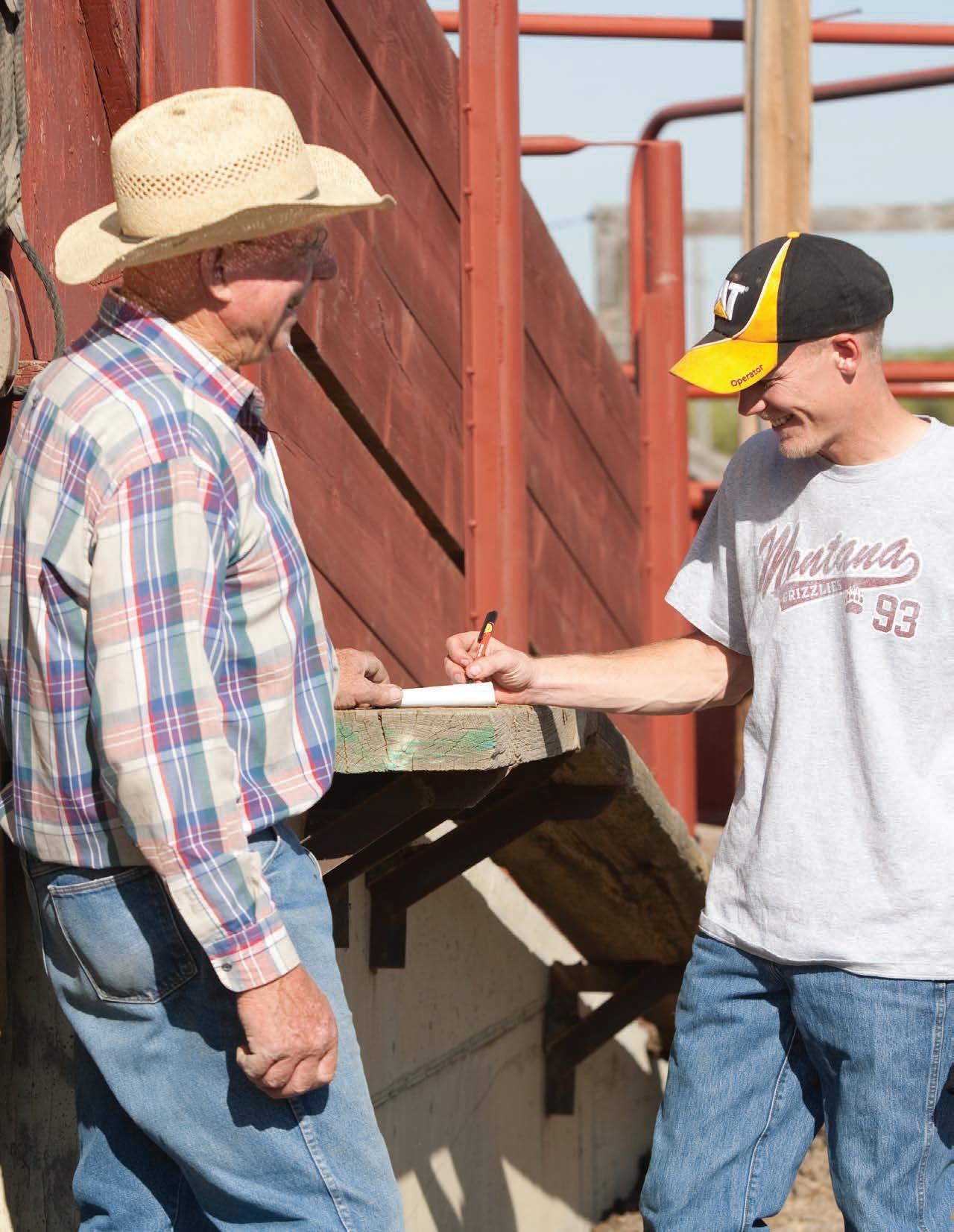
2 minute read
Chapter 3 — Loading and Unloading
CHAPTER 3.
LOADING AND UNLOADING
CHAPTER 3.1
INTRODUCTION
Apart from severe weather, transportation can be one of the most stressful events for cattle in their lifetime. An animal’s loading and unloading experience has a significant impact on total transportation stress. Quiet and low-stress animal handling techniques used for loading and unloading significantly reduces animal stress, thereby allowing cattle to remain healthier and more quickly acclimate to their new environment.

USDA FSIS announced it holds livestock owners, transporters, haulers, and other persons not employed by an official establishment responsible if they commit acts involving inhumane handling of livestock in connection with slaughter when on the premises of an official establishment.5 Loading and unloading guidelines include the following: » NEVER knowingly inflict physical injury or unnecessary pain on cattle when loading, unloading, or transporting them. » Ensure cattle sorting and holding pens allow handling without undue stress on the cattle or handlers. » Locate sorting and holding pens near the loading/unloading facility. » Ensure sorting and holding pens are suitable for herd size. » Provide water for cattle in the holding pens especially during times of heat stress. » Properly design and maintain loading facilities for easy and safe animal movement. » Ensure all personnel properly use loading facilities to assure the safety of both cattle and cattle handlers. » Ensure ramps and chutes are strong and solid, provide non-slip footing, and have sides high enough to keep cattle from falling or jumping off — a ramp angle of 25 degrees or less will improve cattle movement. » Ensure all vehicles used to transport cattle provide for the safety of personnel and cattle during loading, transporting, and unloading. » Strictly adhere to safe loading density levels factoring animal weight and space allocation. » Provide adequate space for cattle in trailers.
Cattle should have sufficient room to stand with little risk of being forced down because of overcrowding. » DO NOT ship cattle that are unable to withstand the rigors of transportation. » Safely partition cattle into smaller areas to provide stability for the cattle and the vehicle. » Ensure there is not a gap between the ramp, its sides, and the vehicle or trailer that would allow injury to an animal. » Ensure vehicle or trailer doors and internal gates are sufficiently wide to permit cattle to easily pass through without bruising or injury. » Load, unload, and move cattle through facilities with patience and as quietly as possible to reduce stress and injury.
5 https://www.federalregister.gov/documents/2016/10/26/2016-24754/inhumane-handling-of-livestock-in-connection-with-slaughter-by-personsnot-employed-by-the-official

LOADING
Ensure cattle can safely enter the trailer without tripping or falling.

UNLOADING
This is an example of a trailer that needs to re-position to be square to the ramp with no gap.






